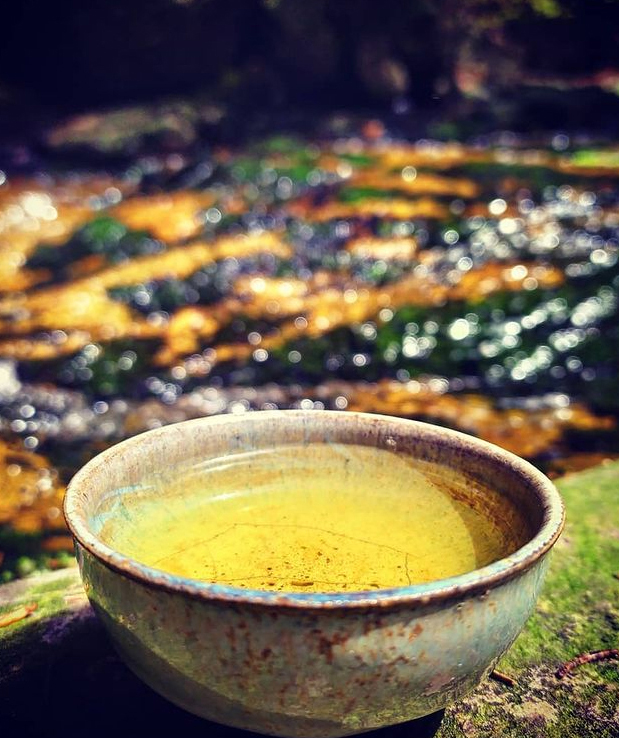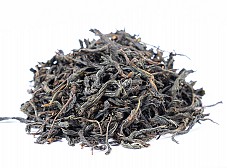
Oolong
Oolong teas - partially oxidized teas are traditionally produced in south China and Taiwan, but recently also in Japan and South Korea. With over 3,000 types known, they have enjoyed hundreds of years of popularity. They are categorized by the percent of oxidation. In Taiwan, tea has grown since the 19th century. The Portuguese name for the island is Formosa, “Beautiful Island”. The partially oxidized oolong-type teas have become world-renowned. Top oolongs usually come from the January flush; then there is the first flush (end of April − May), second flush (end of May − June), and third flush (August).
More...Oolongs from Formosa
It is probably the high price and limited quantity of the oolongs from Formosa that these teas are produced also in Darjeeling, India. The first attempts date to the 1980s, since when a number of plantations joined the oolong club. Some of these teas are more than well done and they either imitate the Formosa oolongs or they have a specific, distinct taste. The production process is similar to the one used in Taiwan. The temperatures at which wilted tea leaves for oolongs are heated are significantly higher than those in black teas. It is a very sensitive process; although light caramel flavor is sometimes desirable and can be tolerated, overheating or burning should never occur. Read how did Oolong Tea get its special name.
Semi-oxidized tea and our health
Currently, about 400 different substances are known, which are contained in the tea leaf, and are referred to as active substances. Tea leaf contains mainly: caffeine, polyphenols (tannins), flavonols, flavonoids, theophylline and theobromine (related to caffeine), fat, waxes, saponins, essential oils, carotene, vitamins C, B1, and B2, B5, B10, B12, E. K, enzymes, iron compounds, K, F, Na, Ca, Cu, Ni, Zn, trace elements and many more.
Oolongs are partially oxidized teas and thanks to that a part of vitamins are preserved (full oxidation destroys vitamins) and beneficial minerals and tannins remain.
Tannins have an anti-inflammatory effect, soothe the stomach and intestines, and heal the mucous membranes of the respiratory tract in colds. Theophylline stimulates blood circulation and relieves muscle cramps. The formation of tooth decay is prevented by the fluorine present.
Polyphenols (tannins) are found in all real teas and cause their slightly bitter astringent taste and characteristic aroma. After ingestion, they are absorbed into various organs. They are excellent antioxidants.


















